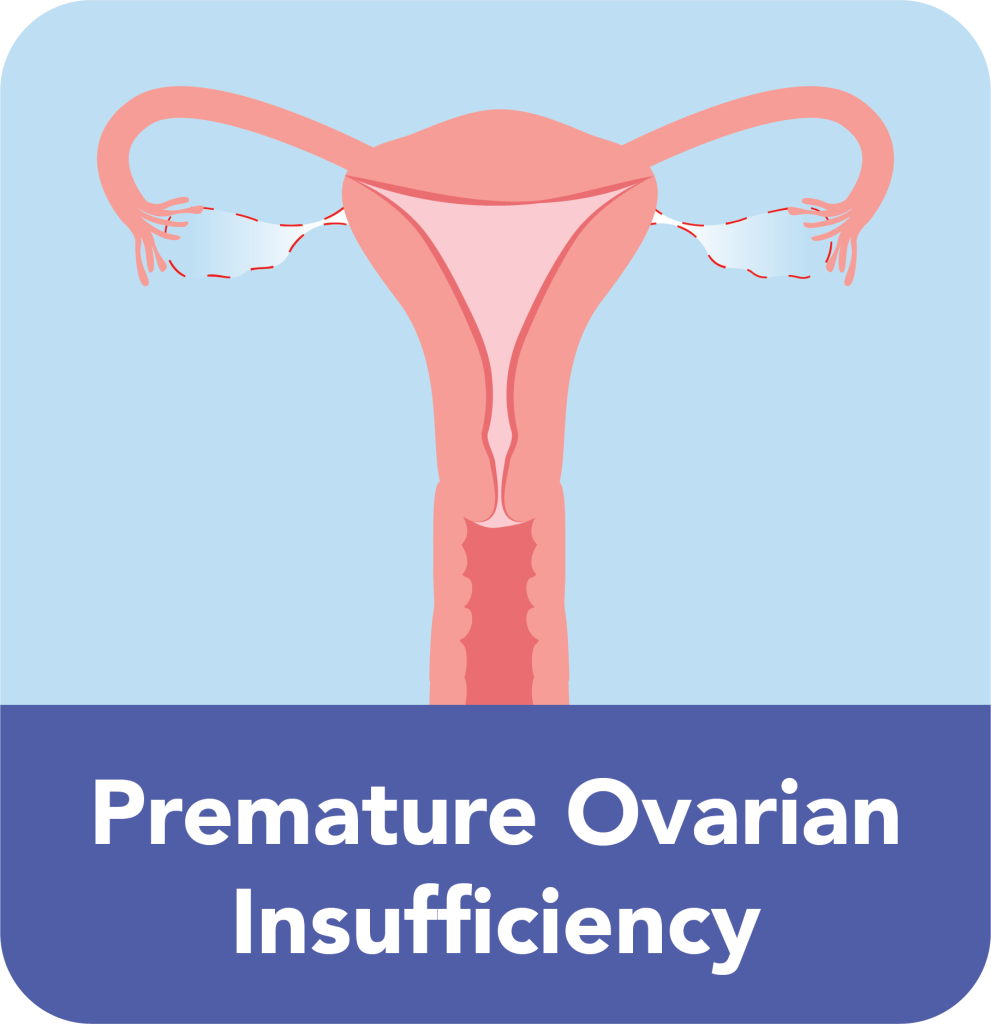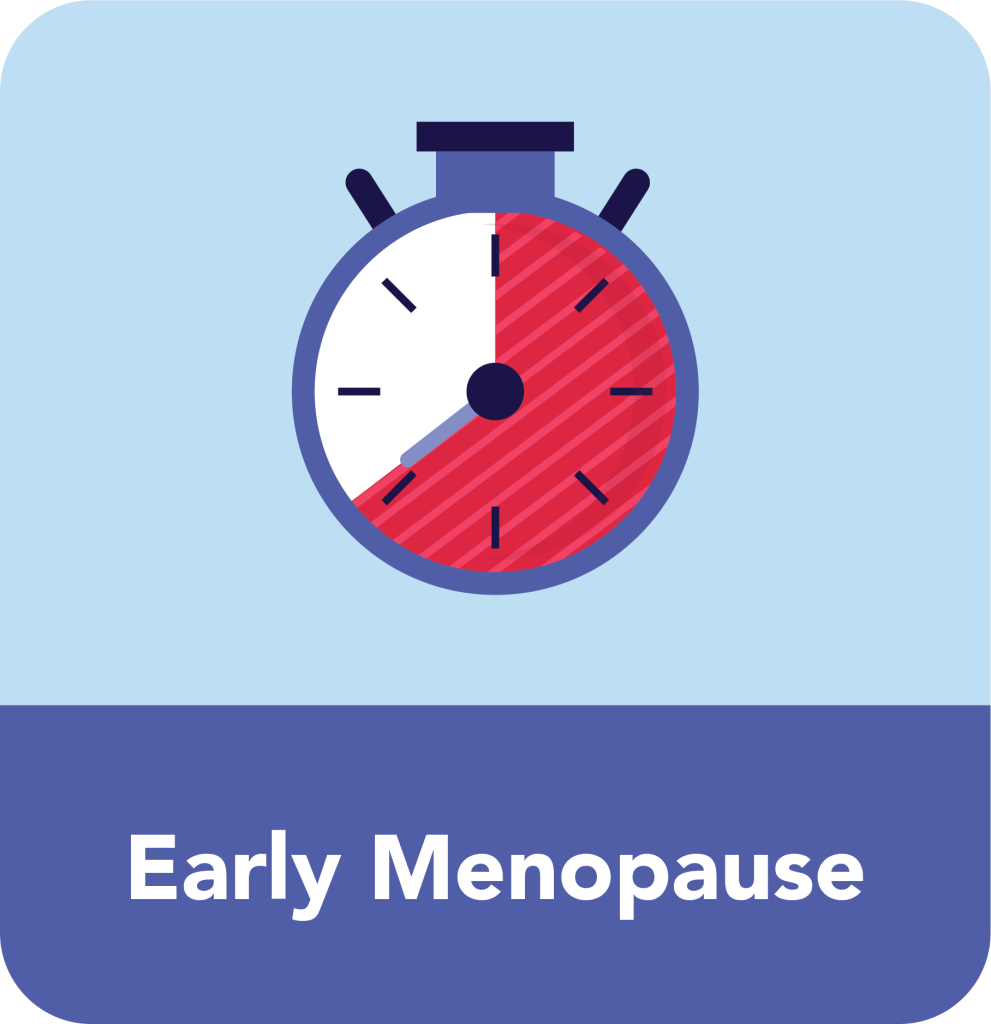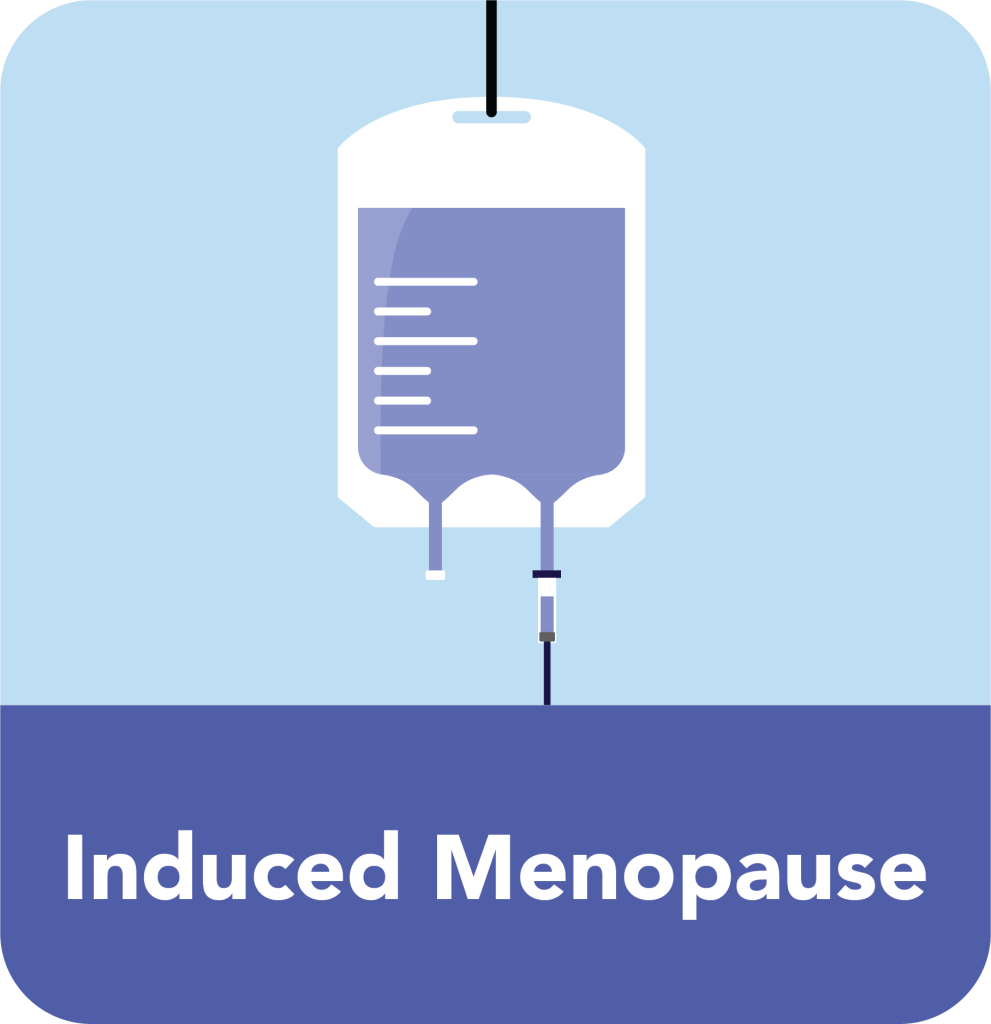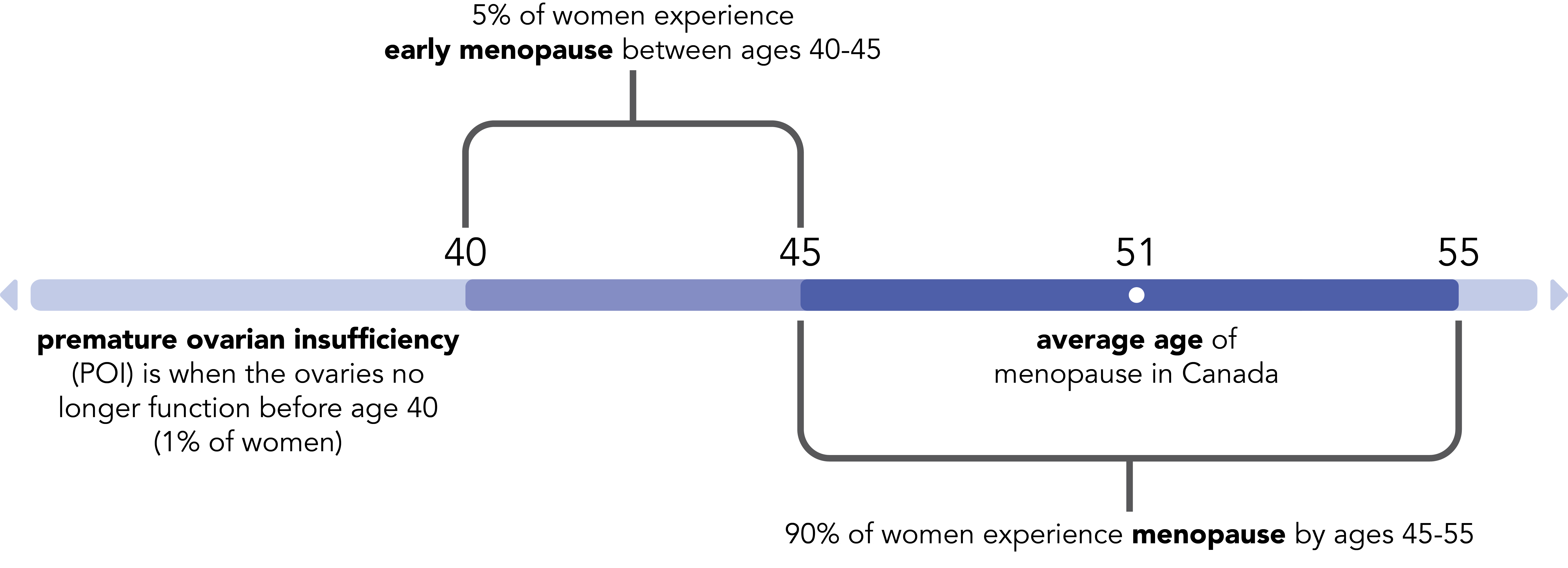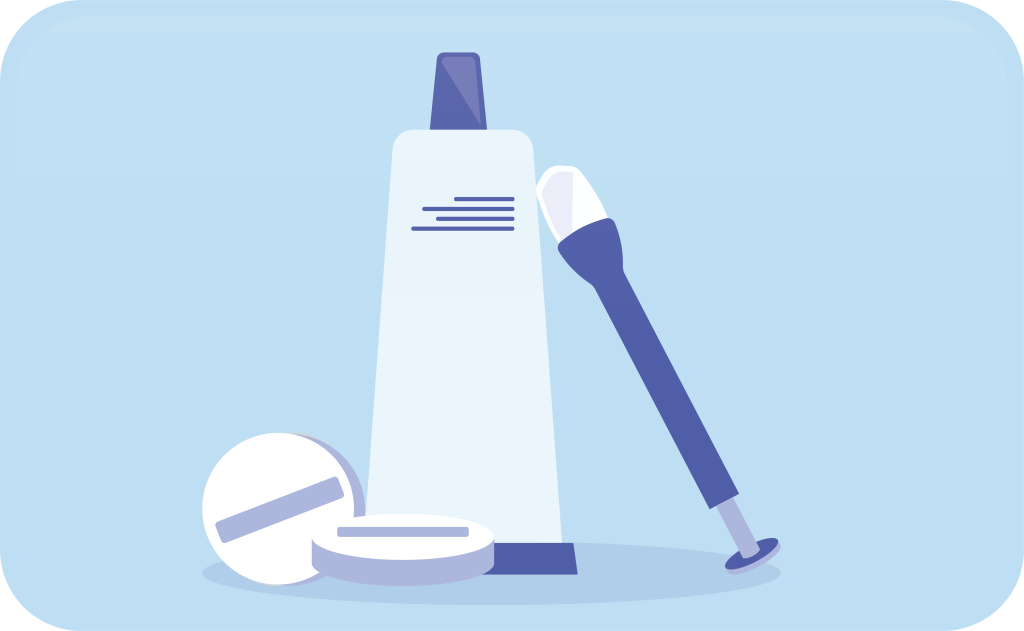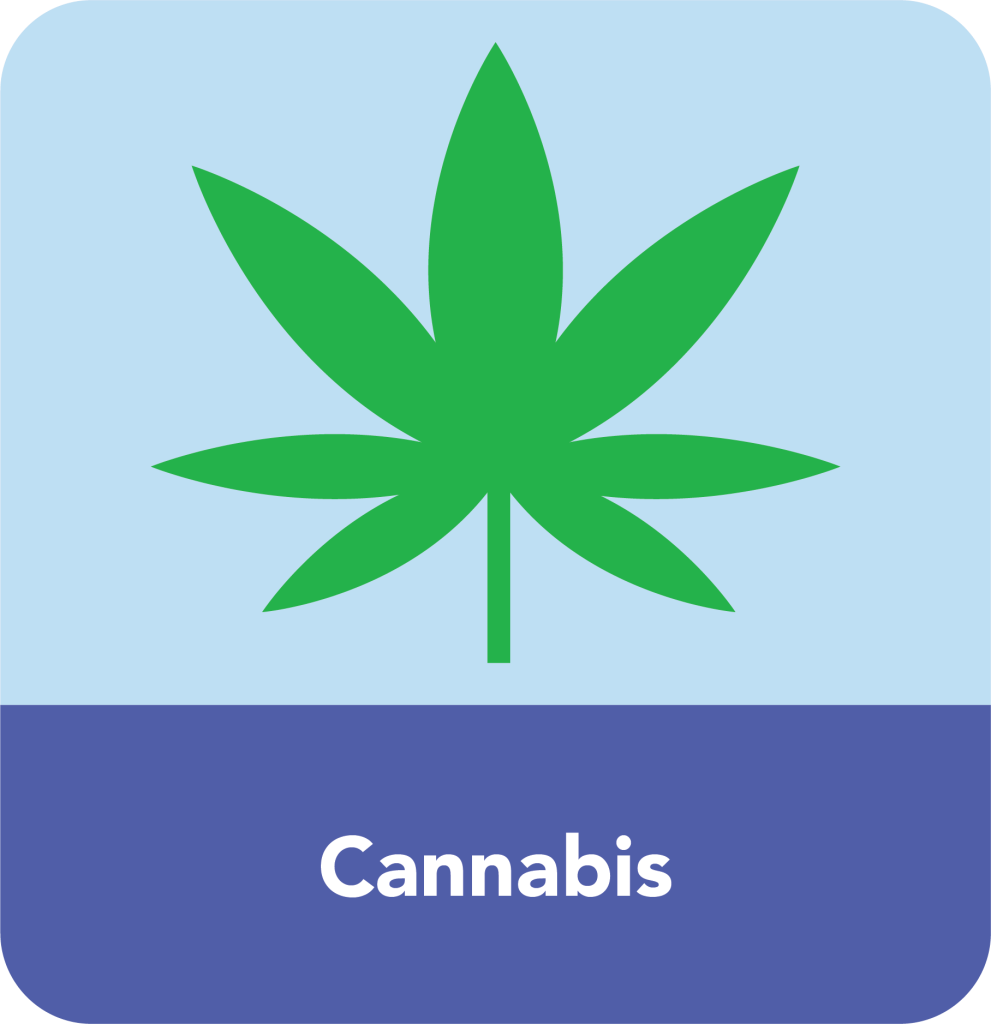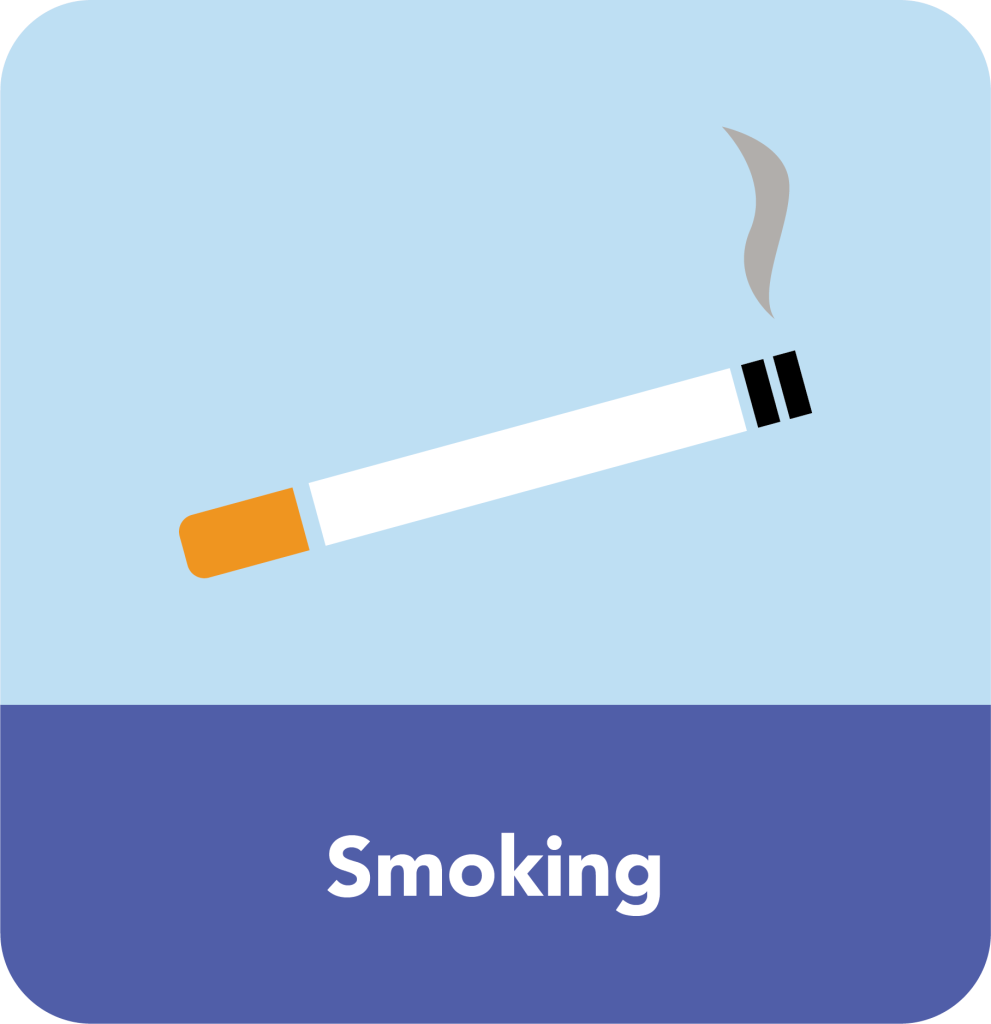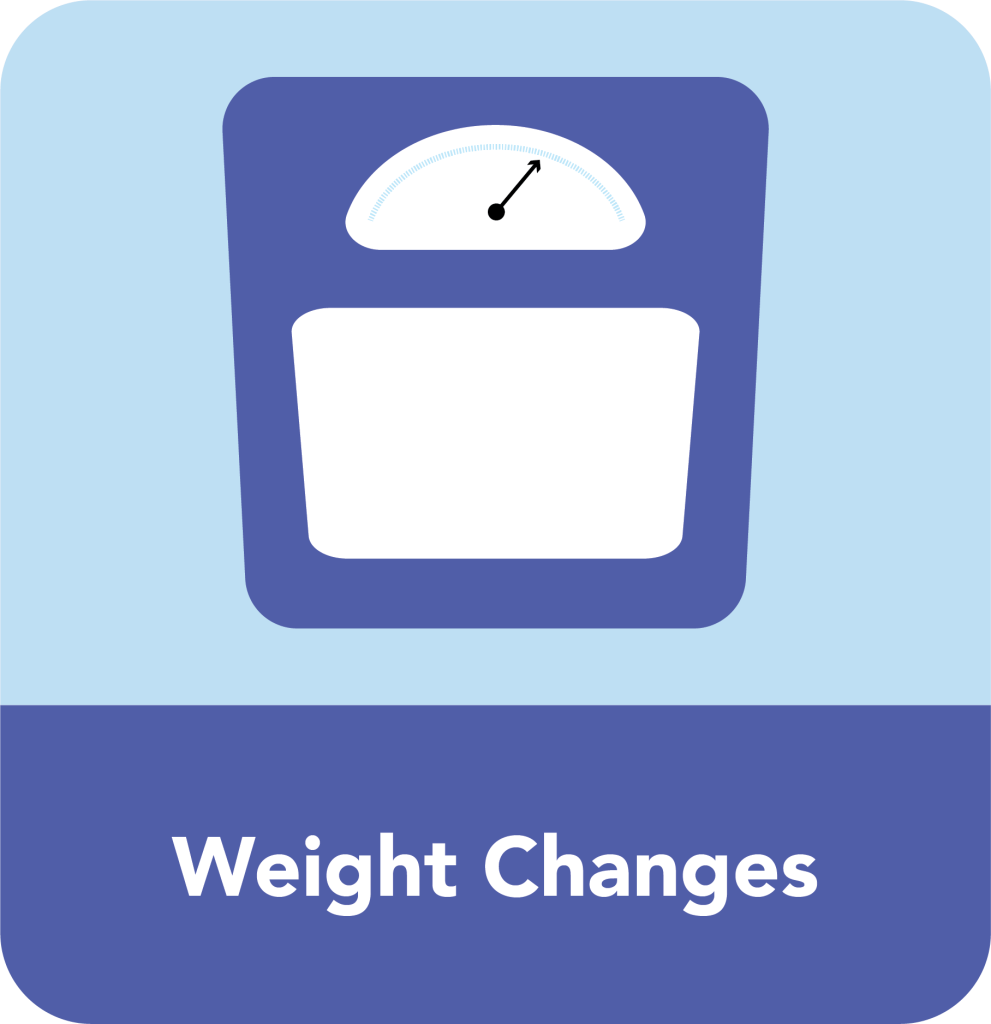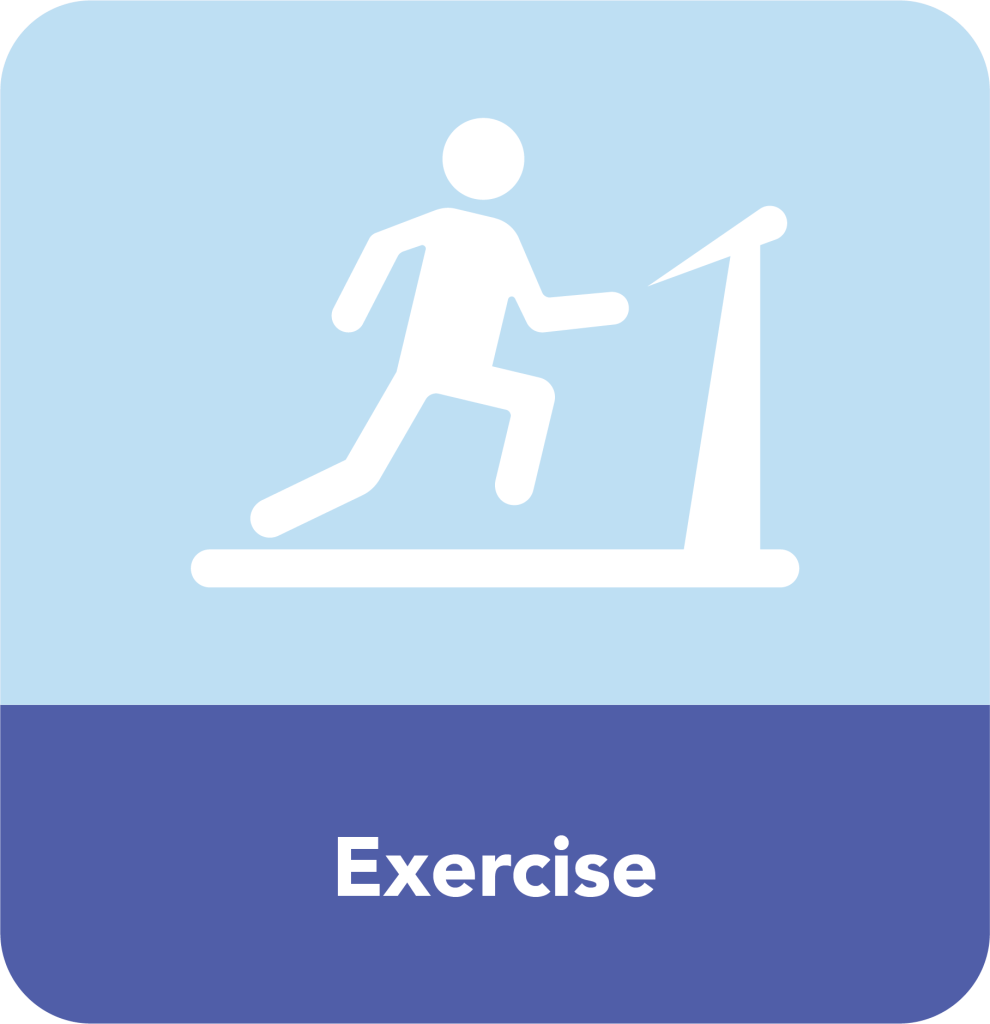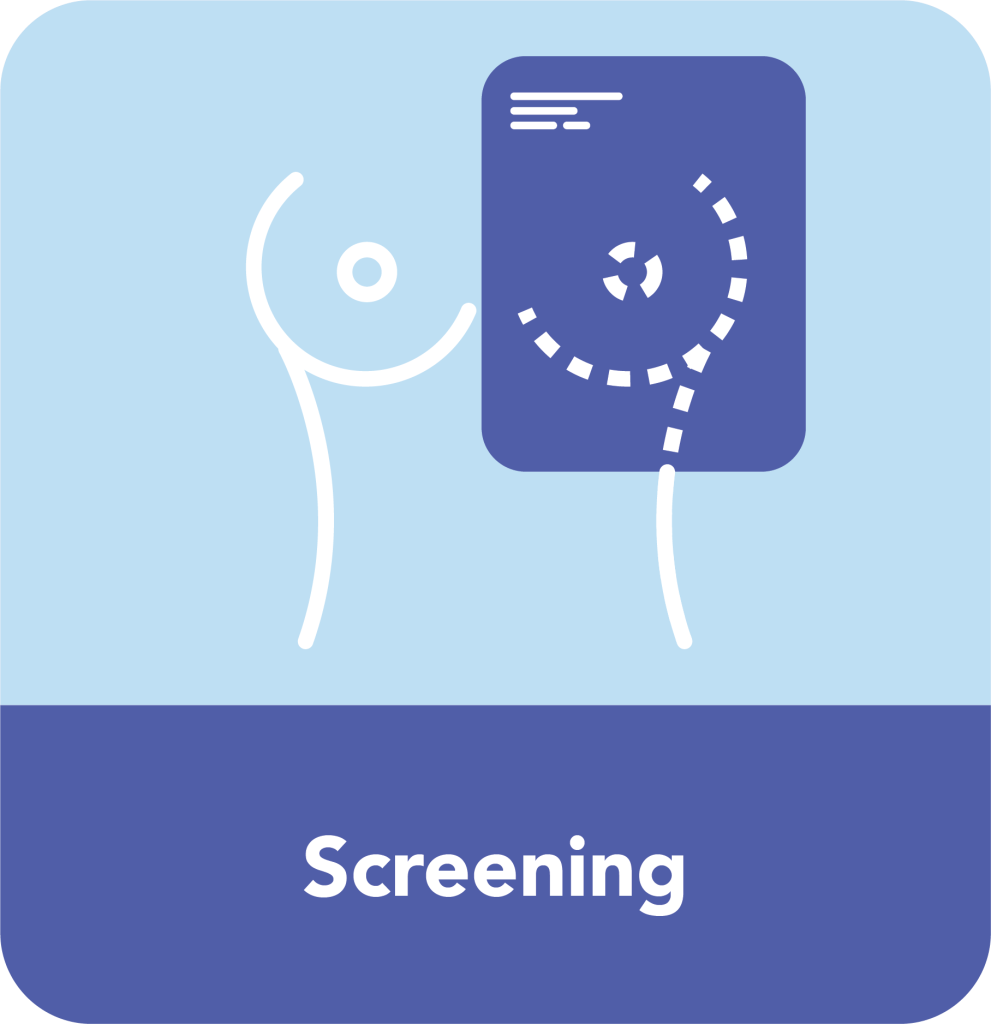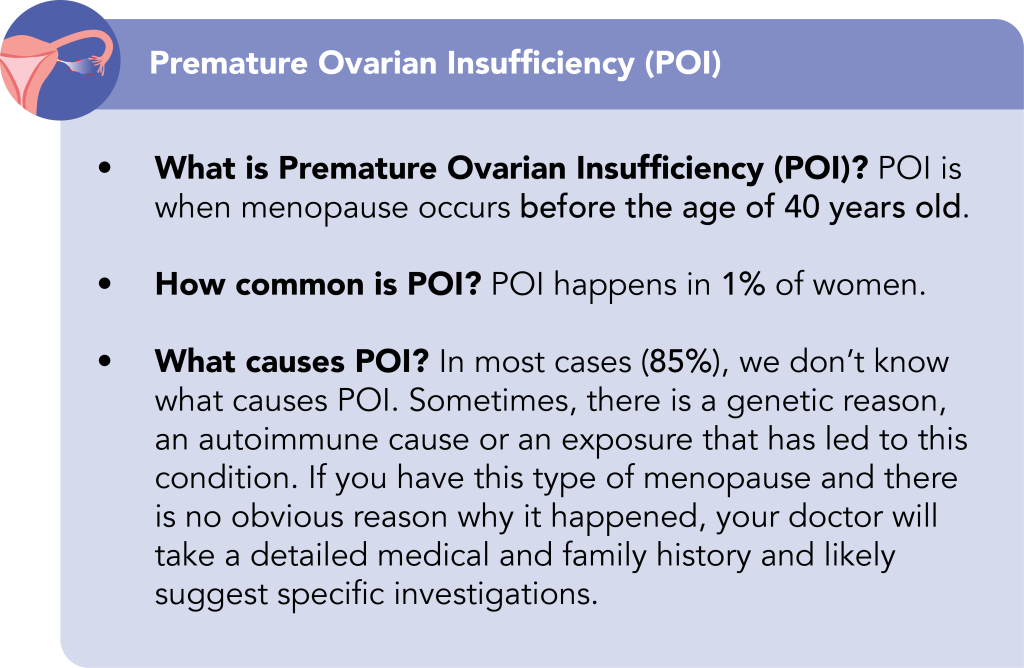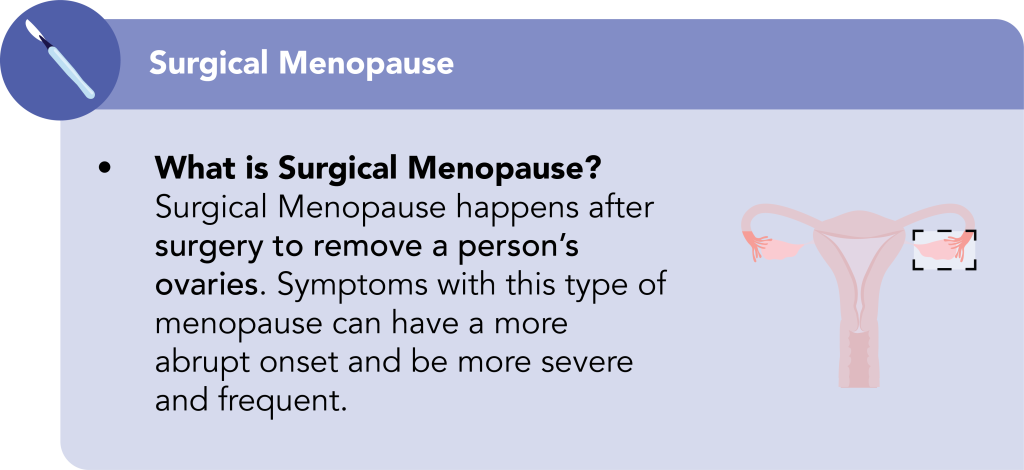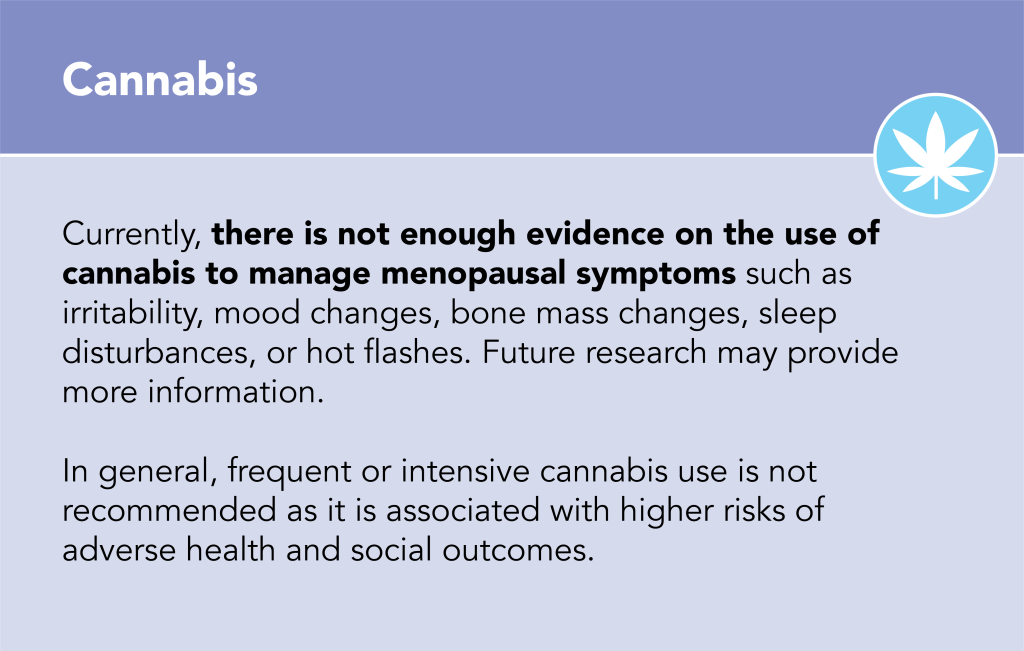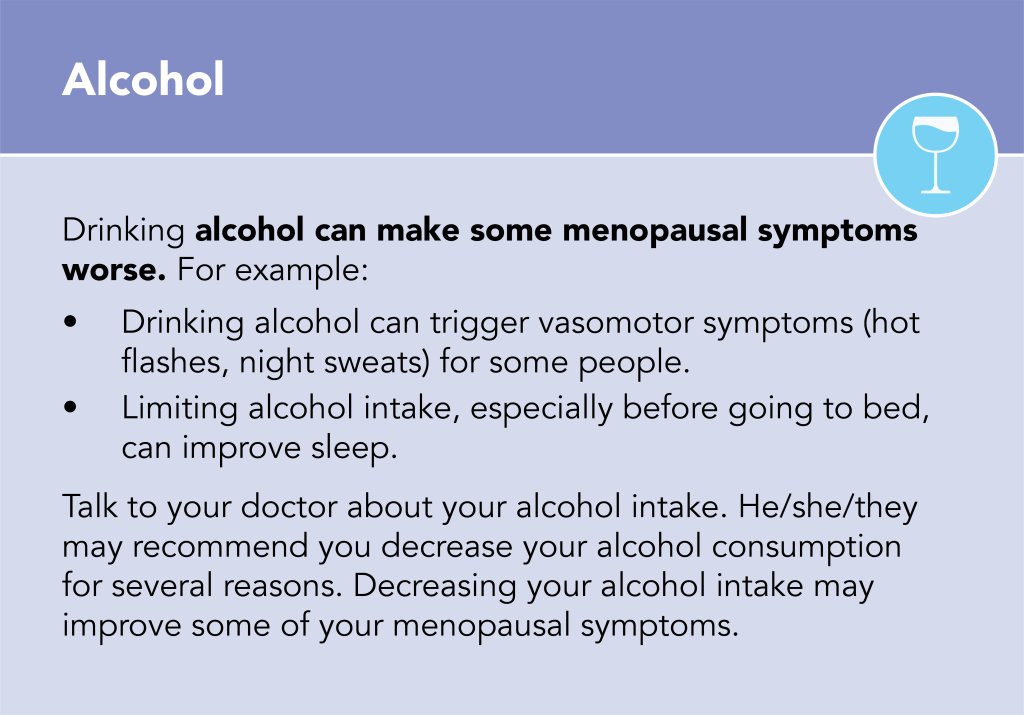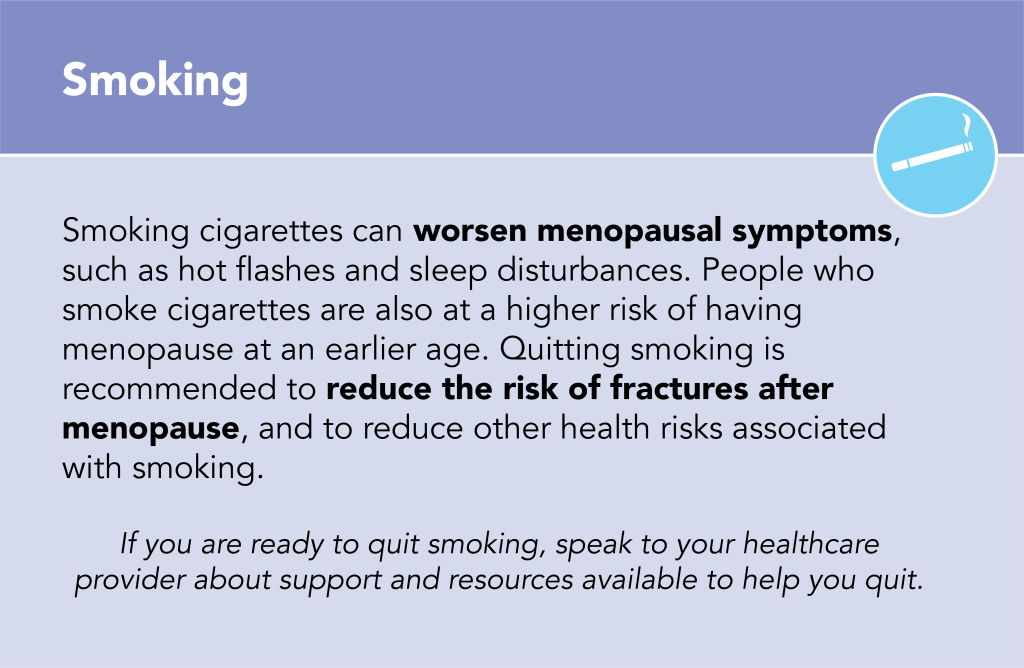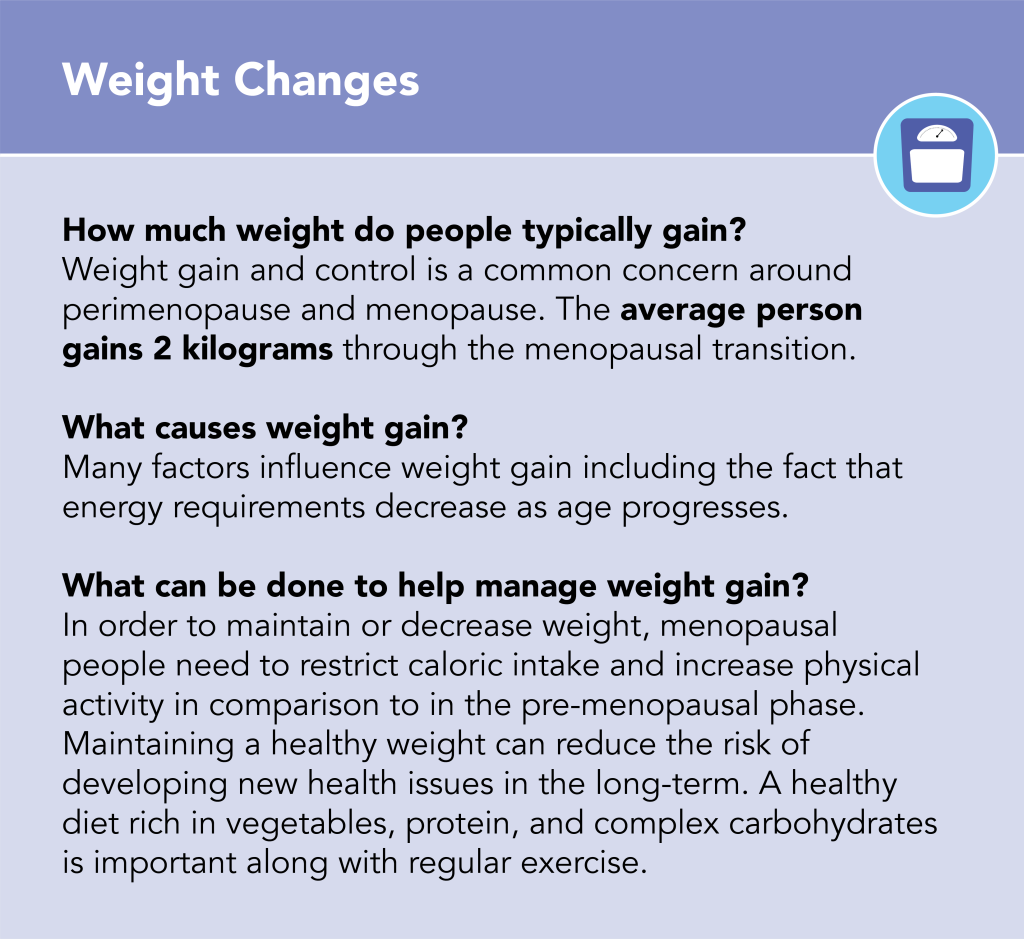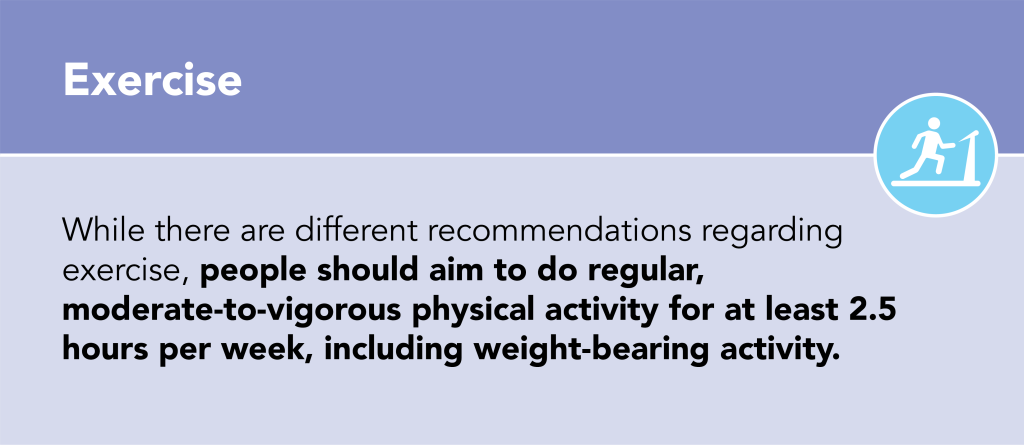
This material is intended for use by Canadian residents only, and is solely for informational and educational purposes. The information presented is not to be used as a substitute for medical advice, independent judgement, or proper clinical assessment by a physician. The context of each case and individual needs differ between patients and this material cannot be applied without consultation with a trained doctor. This material reflects the information available at the time of preparation.
Homepage graphics created by A. Workewych (Temerty Faculty of Medicine, University of Toronto)








